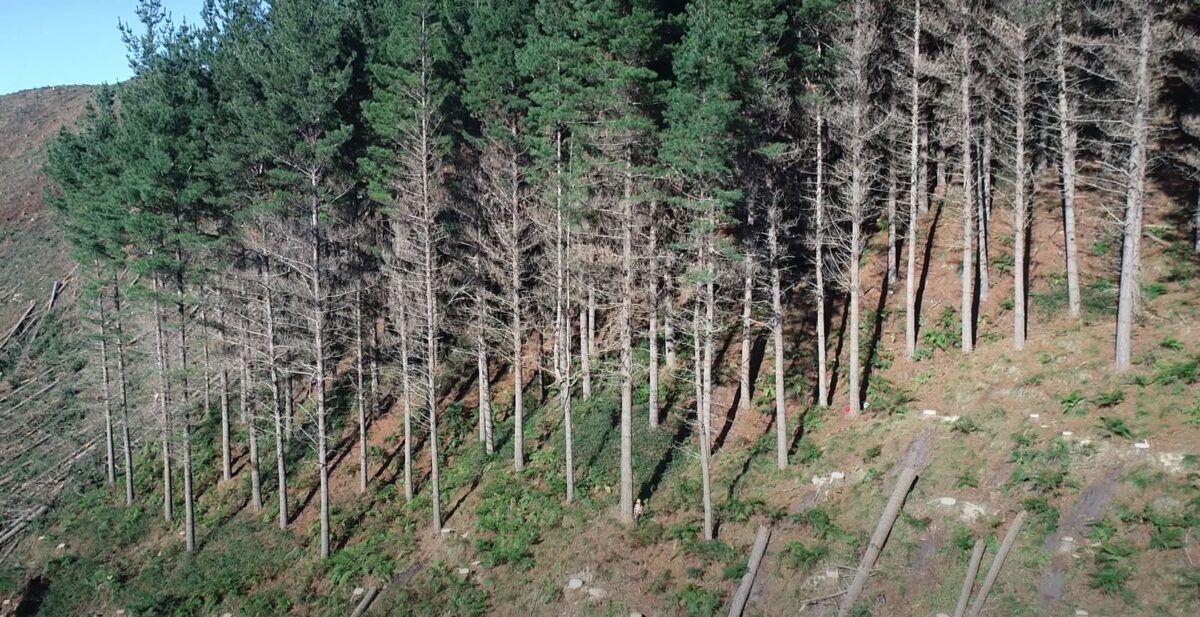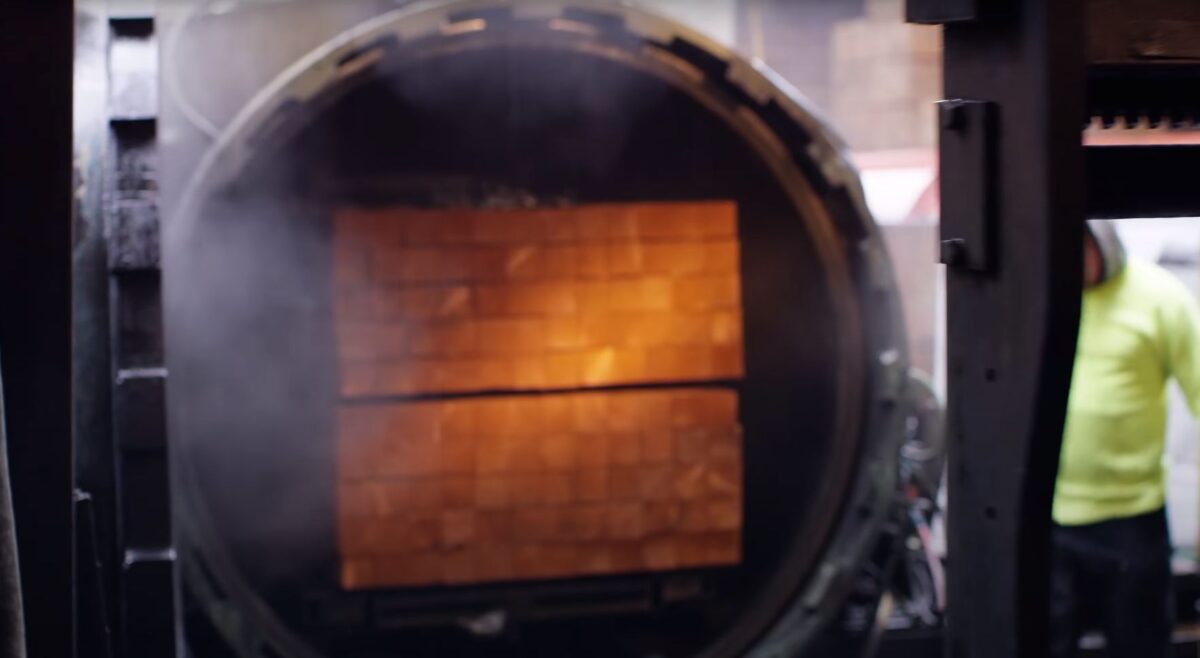New Zealand is renowned for its forestry industry, with Pinus Radiata, also known as Radiata Pine, being the predominant species. Radiata Pine has many characteristics that make it highly suitable for the country’s environmental conditions and commercial timber needs.
Radiata Pine grows exceptionally fast in New Zealand, reaching harvestable size in around 25-30 years, which is quicker than in many other parts of the world. This is due to a combination of factors including:
- Favourable Climate: New Zealand’s temperate climate, with its regular rainfall and ample sunshine, creates ideal growing conditions for Radiata Pine.
- Soil Conditions: Radiata Pine is highly adaptable and can grow well in a range of soil types found across New Zealand.
- Forestry Practices: The use of advanced forestry practices, such as genetic selection, strategic planting, and proactive forest management, has helped improve growth rates and wood quality over time.
The rapid growth and versatility of Radiata Pine make it a cornerstone of New Zealand’s timber industry, with significant economic and cultural impacts. It is used in a wide range of applications including construction, furniture, paper products, and, of course, decking.
Pros of Radiata Pine:
- Economic Value: The forestry sector is a major contributor to the New Zealand economy, providing jobs and export revenue. Radiata Pine makes up a significant portion of this.
- Versatility: Radiata Pine’s ease of workability and ability to be treated to different hazard levels make it suitable for a range of uses.
- Sustainability: Given its fast growth rate and local availability, Radiata Pine is a renewable resource which, if managed responsibly, can provide a sustainable source of timber.
Cons of Radiata Pine:
- Environmental Impact: Monoculture plantations can impact biodiversity and alter habitats. Run-off from forestry activities can also affect water quality in some areas.
- Durability: While treatment processes can improve its durability, untreated Radiata Pine is not as durable as many hardwoods, which can limit its use in certain applications.
- Aesthetics: While many people appreciate the look of Radiata Pine, it doesn’t have the same variety of colours and textures as many hardwoods, which some people prefer for certain applications.
Despite its drawbacks, the fast growth, versatility, and sustainability of Radiata Pine make it a valuable resource for New Zealand, supporting both the economy and the country’s efforts to manage its environmental footprint. It is used in many building applications from timber fencing to wooden decking and even wooden retaining walls. As with any resource, responsible management is key to balancing the benefits of Radiata Pine with its potential impacts. If you’ve got any questions reach out to the team at quality fencing Auckland.



